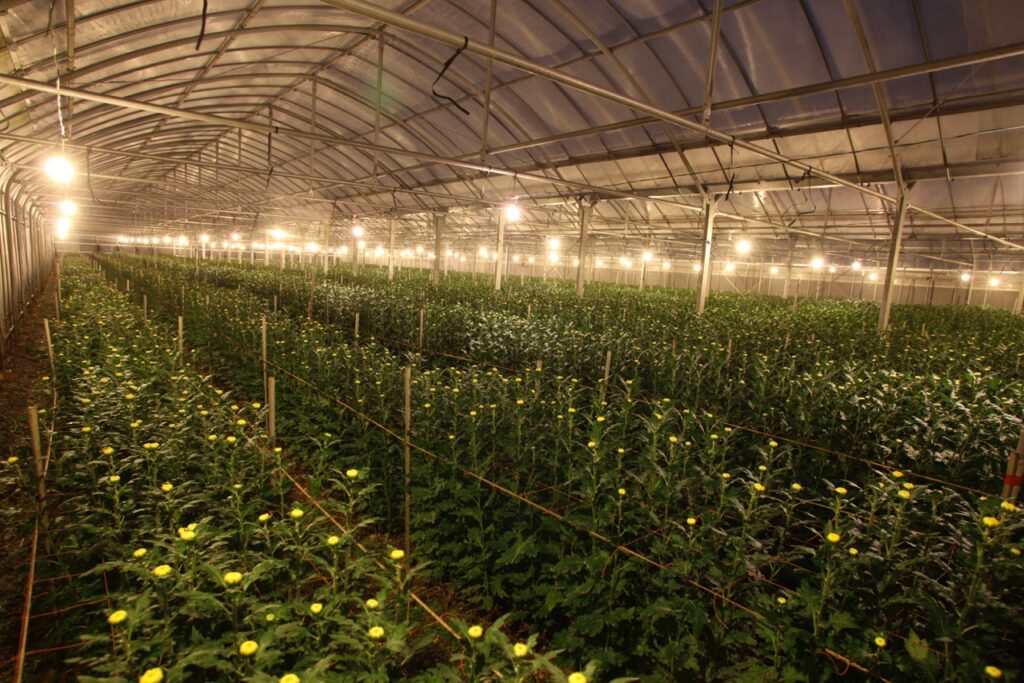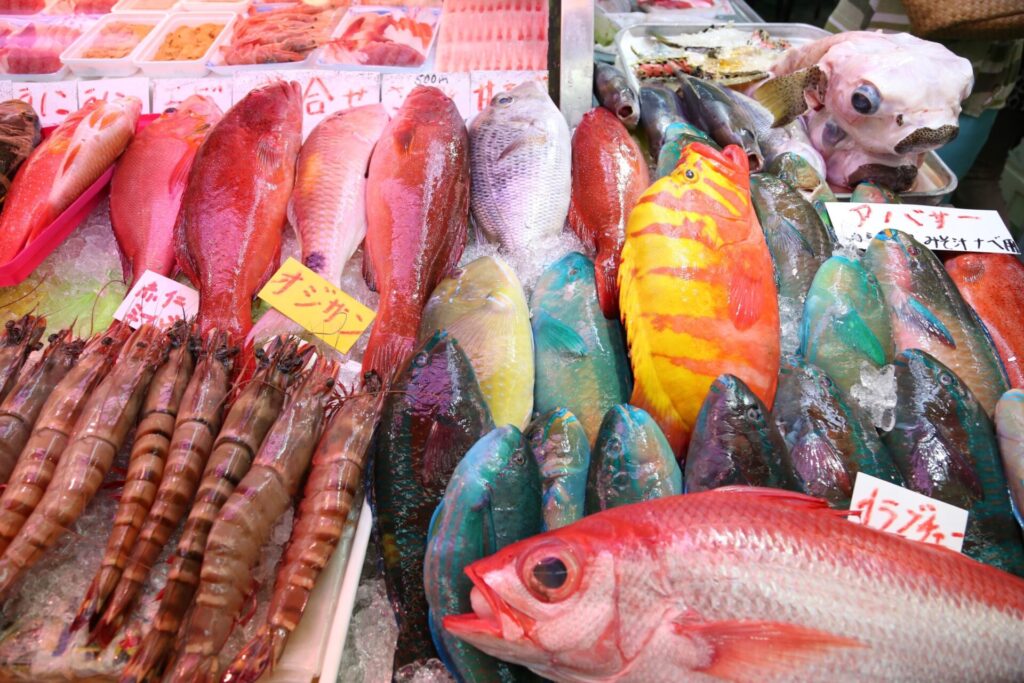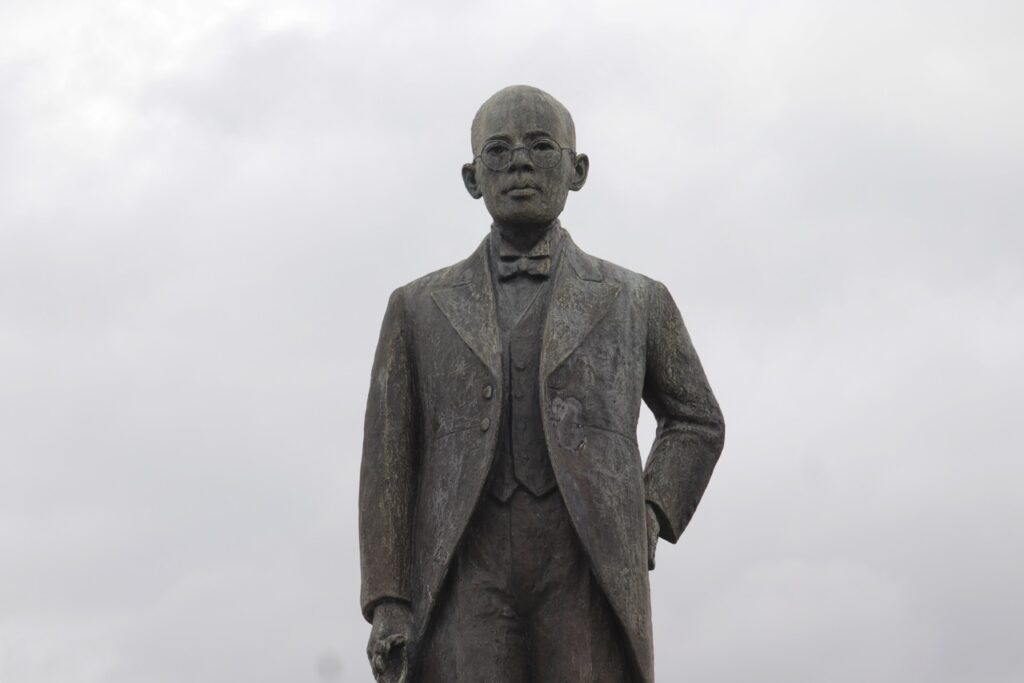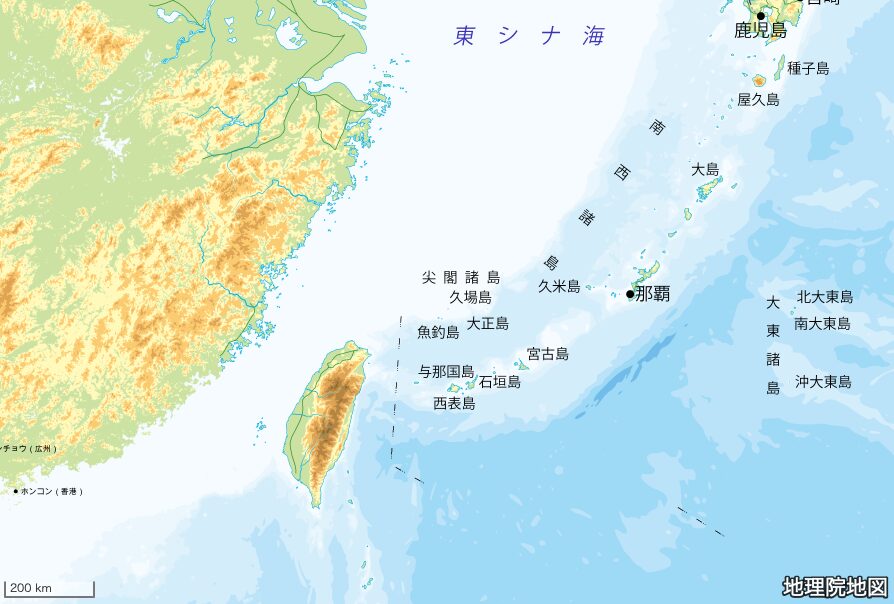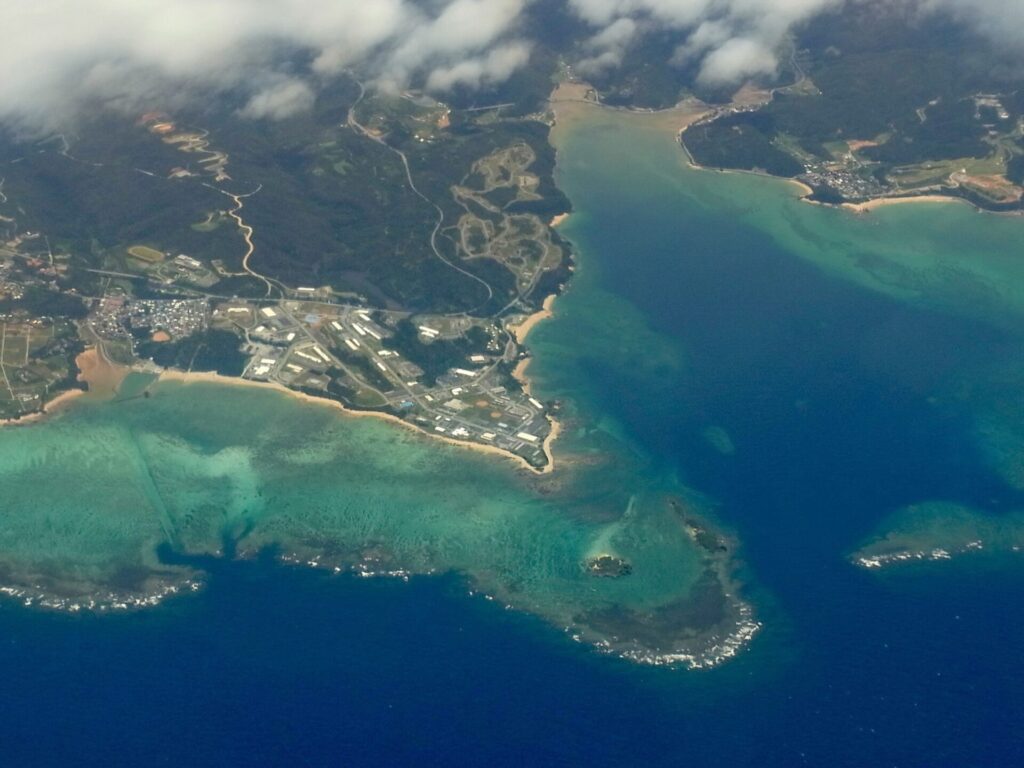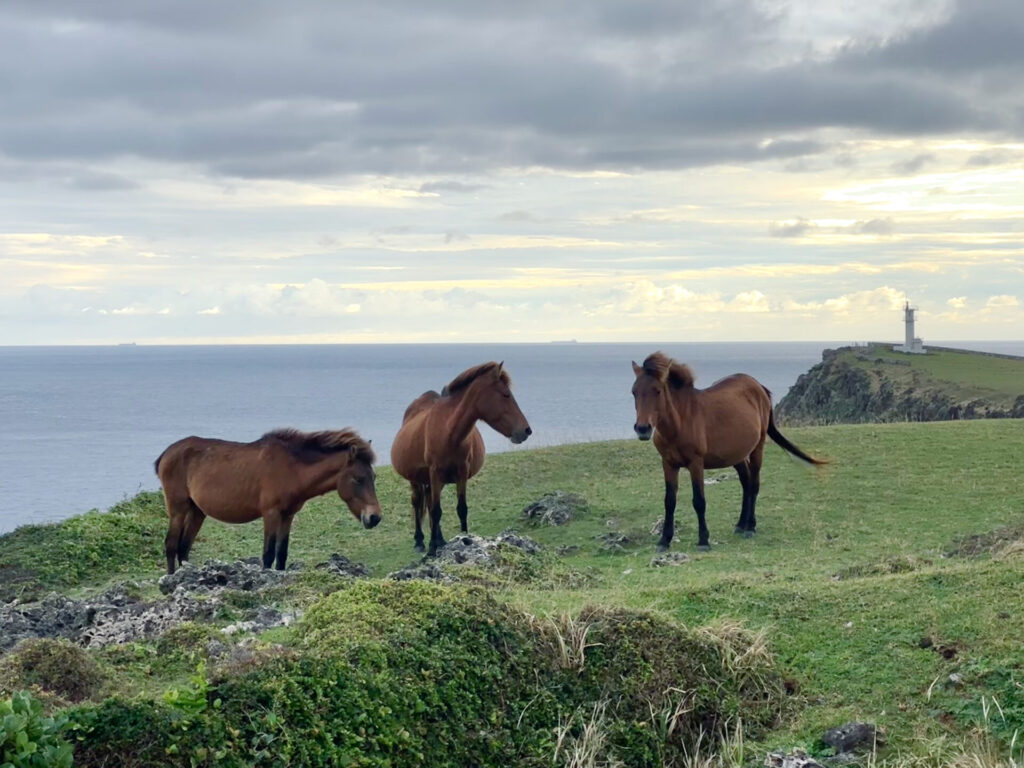Ryukyu Limestone

Rock created by the coral reefs that rose from the sea. It is believed to have risen several hundred thousand years ago and is often found in the central and southern parts of Okinawa and Miyako Islands. Originally a coral, it’s porous. Thanks to these pores, rain does not linger on the surface thus, people have been building villages on top since the olden times; ground that dries easily allows healthy living. The limestone also filters rain and provides the inhabitants with spring water. In this sense, the limestone plateaus, wells, and the coral sea is the lifeline for Okinawa.
Most of the gusuku in Okinawa like Shuri Castle is built on rocky limestone. Furthermore, many of the utaki where the noro priestesses offer ugwan prayers, are also built on beds of limestone. People today who don’t attach much value to the ocean with these coral reefs are uganbusuku (lack of ugwan).
The denser limestone is called torabāchin and large quantities are cut out as construction material. Katsuren and Miyako are the primary areas of production. Apparently, the Miyako torabāchin is used for the Japanese National Diet Building; not something to brag about, I guess.
Ballasted limestone is called white gravel because of its white-colored surface. It is widely mined as road paving material. Some came up with a good business idea of reclaiming the mined sites by dumping industrial waste and building residential houses on top to sell. It caused some concern regarding the pollution of the groundwater; in Yomitan Village, it caused harm to children when a school built on a reclaimed limestone quarry gave off an offensive-smelling gas. Be very careful when buying land.







